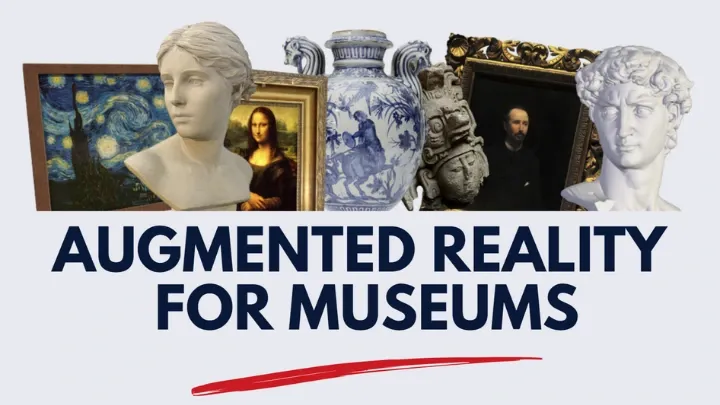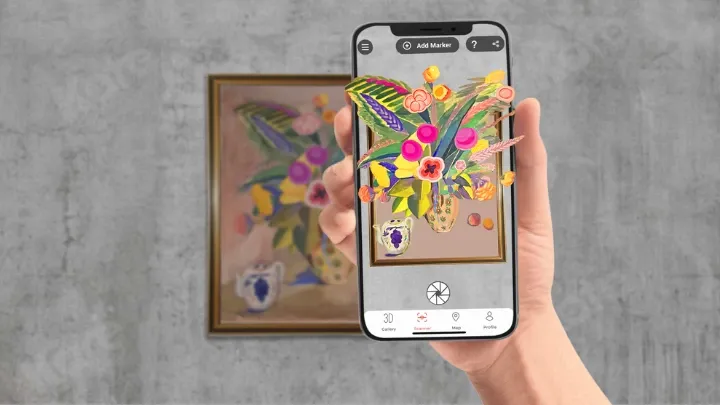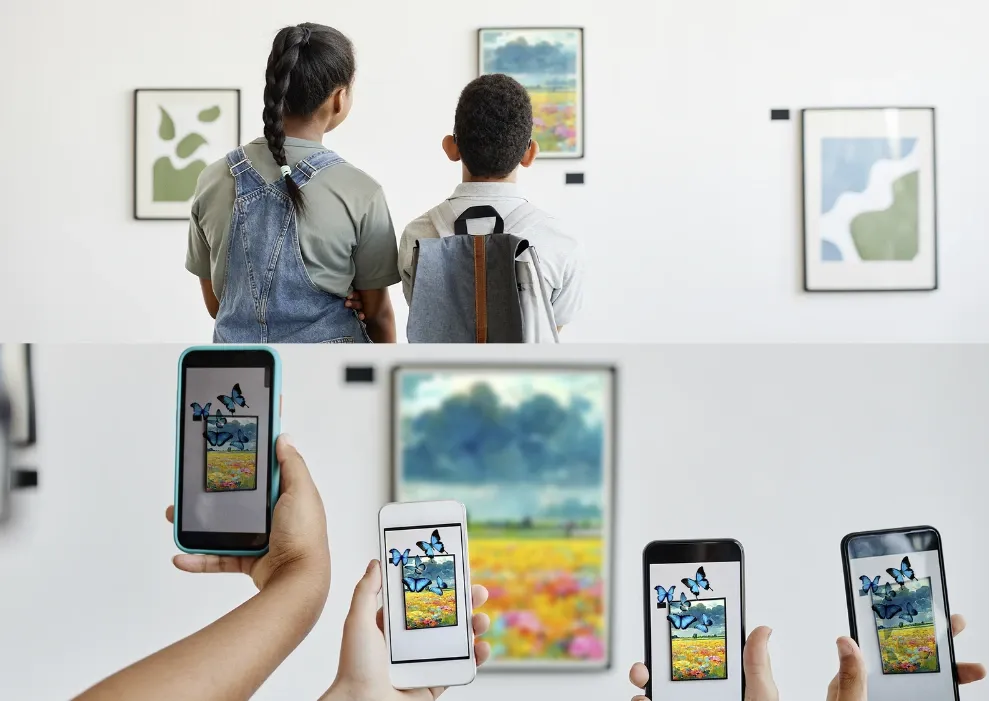Advantages and Use Cases of AR Technology in Museums

Augmented Reality (AR) technology has revolutionized the museum experience, providing visitors with a more engaging, interactive, and immersive way to explore exhibits. AR technology overlays digital content onto the physical world, creating a seamless blend of real and virtual environments. Here are some of the advantages and use cases of AR technology in museums.
Advantages of AR Technology in Museums

- Enhanced Visitor Experience: AR technology provides visitors with a more engaging and interactive way to explore exhibits. It allows visitors to learn about exhibits in a more immersive way and to access additional information that may not be available through traditional displays.
- Cost-Effective: AR technology allows museums to create new exhibits without the cost of physical construction. It also allows museums to preserve artifacts that may be too fragile to display.
- Attracting Younger Audiences: AR technology appeals to a younger generation that is used to using technology in their daily lives. By incorporating AR technology into museums, museums can attract a younger audience and make learning about history and culture more appealing.
- Customizable Content: AR technology allows museums to create customizable content that can be tailored to specific exhibits or audiences.
Use Cases of AR Technology in Museums

- Interactive Exhibits: AR technology can be used to create interactive exhibits that allow visitors to explore exhibits in a more engaging way. For example, visitors can use AR to explore a virtual reality exhibit of a historical site or monument.
- AR Audio Guides: AR technology can provide audio guides that are synced to specific exhibits, providing additional information and context for visitors.
- Virtual Reality Experiences: AR can be used to create virtual reality experiences that allow visitors to explore exhibits in a completely immersive way.
- Interactive Maps: AR can provide interactive maps that guide visitors through exhibits and provide information about specific areas of the museum.
- AR Experiences for Children: Museums can create AR experiences that are specifically designed for children, making learning about history and culture more engaging and interactive.
Conclusion
AR technology has revolutionized the museum experience, providing visitors with a more engaging, interactive, and immersive way to explore exhibits. The advantages and use cases of AR technology in museums are numerous, and we can expect to see even more exciting developments in the future as AR technology continues to advance. By incorporating AR technology into museums, museums can attract a younger audience and make learning about history and culture more appealing.
See more articles
Products
Company
Solutions






